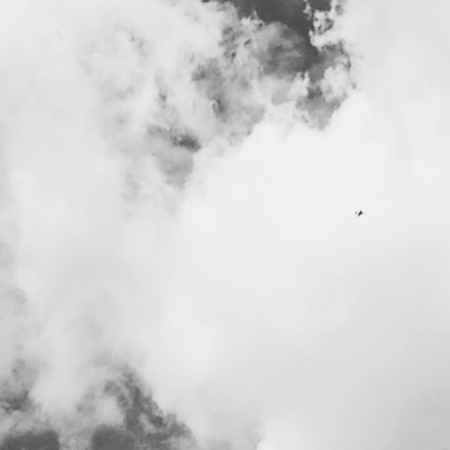はじめの見え方
きっかけがある訳でもないのに、遠くに見えている、ぼんやりだけれども、何かそこにある、段々と近づくにつれてハッキリと輪郭が立ってくる。はじめからそこにあると意識していたようにピンポイントで見つけたような、まわりはボヤけてピントが合っていないけれど、そこにあるのは遠くからピントが合ってわかっていた。
きっとこれらは自分の何かが対象物と結びついた結果で起こる現象だろう。もともと関心があること、探していたもの、興味があったものであれば、結びつきはわかりやすい。その結びつきを予測して、そこにそっと置くだけで良い。ただ、そうすると、もともとの関心や興味などが無ければ何も起こらない。
何も無いところに何かが起こることもあると仮定してみると、そこに置くものはどのようなものが良いのだろうか。目立つものか、奇抜なものか、これらは一瞬は意識するかもしれないが、見慣れたらただ普通に風景に溶け込み、結果何も起こらないような気がする。
もしかしたら、はじめの見え方としては引っ掛かりも無く、意識することも無く、ただそこにある位からはじまるのが良いのかもしれない。
"How to see at the beginning"
It's not a trigger, but it's visible in the distance, it's vague, but something is there, and as it gets closer and closer, the outline becomes clearer. I found it pinpoint as if I was aware that it was there from the beginning, but the surroundings were out of focus, but I knew that it was in focus from a distance.
I'm sure these are phenomena that occur as a result of something of your own being associated with an object. If you're originally interested in, what you're looking for, or what you're interested in, the connection is easy to understand. All you have to do is predict the connection and gently place it there. However, if you do so, nothing will happen if you do not have the original interests and interests.
Assuming that something can happen where there is nothing, what is the best thing to put there? Whether it's conspicuous or wacky, you may be conscious of these for a moment, but once you get used to it, it just blends into the landscape normally, and as a result, nothing happens.
Perhaps the first appearance is that there is no catch, no consciousness, and it is better to just start from there.

